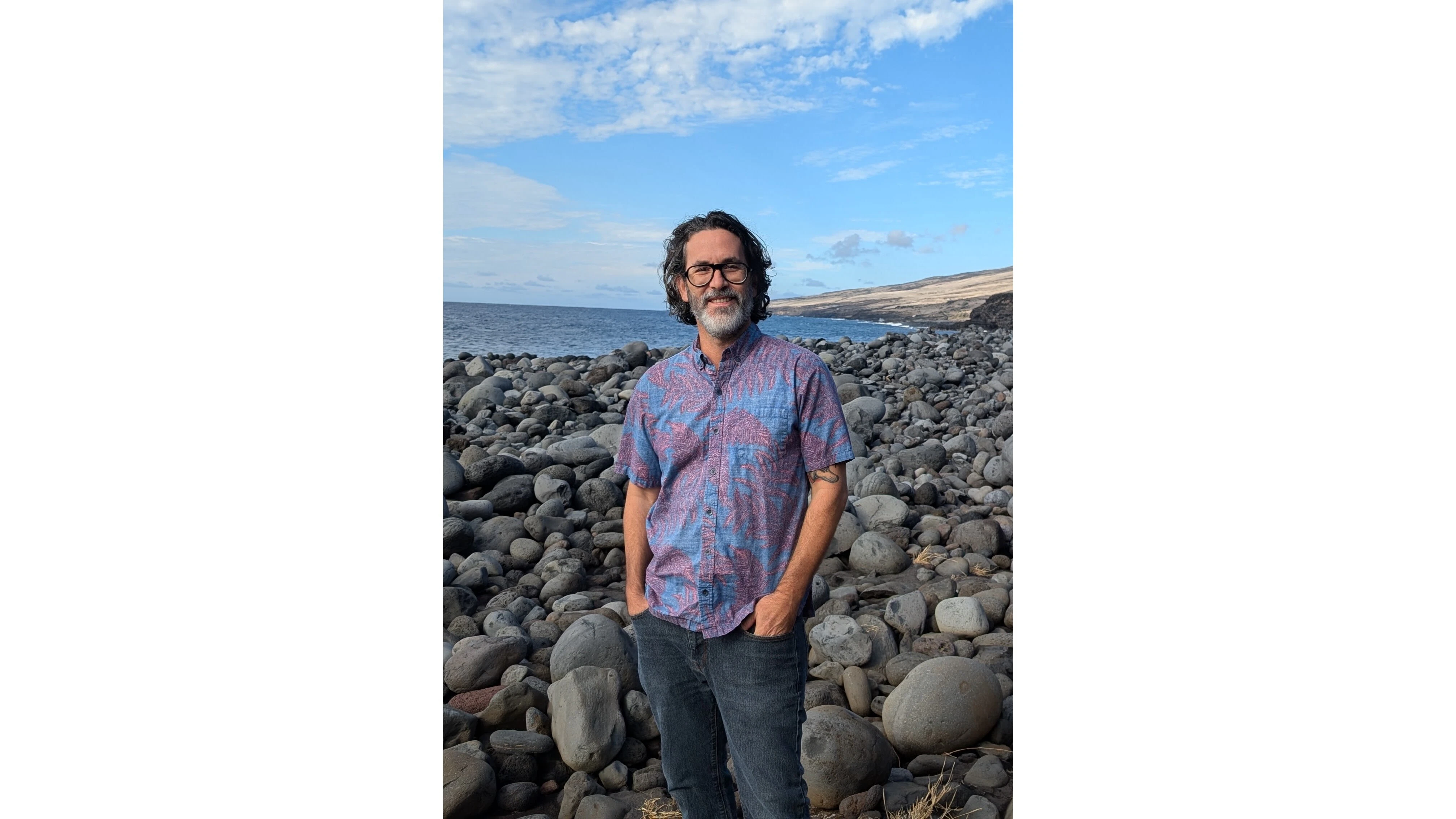Obon season is underway in Hawaiʻi. From June through September, local communities will join in celebration of the Japanese Buddhist festival with traditional music and dance, while gathering to honor ancestors.
The annual Obon festival features Bon dancing, which invites the spirits or ancestors as dancers dressed in summer kimono move to the beat of taiko drums and other traditional instruments. For a schedule of Obon dances happening on Oʻahu this year, click here.

Buddhist leaders and members of Hawaiʻi’s Japanese community gathered on July 14 at Makiki Cemetery for the 39th annual Obon Houyo memorial service, put on by United Japanese Society of Hawaiʻi and Hawaiʻi Buddhist Council.
The purpose of the event is to pay respects to the first Japanese contract immigrant workers, who came to the Islands in 1885 under a treaty signed between then-Emperor Meiji of Japan and King Kalākaua of Hawaiʻi, according to its program. Many died without families and were buried on the slopes of Punchbowl with no one to care for their graves.
The United Japanese Society of Hawaiʻi’s mission is to “advance the welfare of the Japanese and their descendants in Hawaiʻi and maintain their friendly relationship with other ethnic groups through religious, charitable, educational and cultural activities,” its website notes. The nonprofit has put on the memorial since 1994, after being passed down from Oʻahu Kanyaku Imin Centennial Celebration Committee, officials said.
“For me, it’s a nice event to go to because there’s a significant importance behind it – honoring the first immigrants in Hawaiʻi. … It’s an important part of Japanese American history,” said Keith Sakuda, chair of the Obon Memorial Service Committee and former president of the United Japanese Society of Hawaiʻi.
He told Aloha State Daily that about 30 people were in attendance Monday. The service, which included chanting, burning of incense and a few remarks, was led by Bishop Kenjun Kawata of Higashi Hongwanji Mission of Hawaiʻi.
Sakuda said he has served as chair for the past two years. Growing up in Makiki near the cemetery, he noted that the yearly Obon remembrance ceremony is deeply personal.
“Growing up, my family would pass by the ceremony, and I always wondered what it was," Sakuda said. “And in recent years, I got to learn more. As president, it gave me a chance to meet the people involved and broaden my understanding of the local Japanese community.”
The organization, he added, is funded through membership dues, as well as small grants and donations
The event would not be possible without “support from the state for the maintenance of the site,” he said. “I would like to thank those who maintain Makiki Cemetery. There are good people out there doing this work, so we also want to make sure we can support them.”
According to the event program, Makiki Cemetery has three distinct memorials that honor early Japanese immigrants – the Hawai’i Japanese Immigrant Memorial, the Gannenmono Memorial and the Makiki Japanese Naval Cemetery.
Longtime member of the Honolulu Hiroshima Kenjin Kai, Brian Taniguchi, stepped into the role of president of the United Japanese Society of Hawaiʻi this month. He said his primary responsibilities include managing the organization and maintaining its current event lineup.
“Carrying on the work from past president David Jones, my goal is to help grow [Kenjinkai, or] the other local prefecture clubs, building more constituencies by getting people involved and active,” Taniguchi told ASD. “We sponsor and host quite a bit of events throughout the year, so I want to ensure those are done well.”
He said his grandparents on his dad’s side lived in Hiroshima and that his grandfather was on the outskirts of town when the atomic bomb dropped.
“He didn’t get hurt but jumped in to help,” Taniguchi said. “The summer after 6th grade, I stayed with my grandfather in Hiroshima, which was an eye-opening experience for me to see how the people there lived.”
While there, he attended the Aug. 6 remembrance ceremony and got to see the floating lanterns for the first time. Since then, Taniguchi has helped organize regular visits to Hiroshima, taking groups of local students and teachers, lawmakers and community members, to the Hiroshima Peace Memorial Museum, among other historic sites.
“It’s heartwarming to take part in,” he said.
This year is the 80th anniversary of the bombings of Hiroshima and several events are planned in Hawai’i. The first is Tuesday, Aug. 5, at 12:30 p.m. at the Torii at Mōʻiliʻili Triangle Park in Honolulu, which is a scale replica of the gate at Miyajima Island near Hiroshima.
For more information about the United Japanese Society of Hawaiʻi and updates on its events, visit ujshawaii.org, or follow its Facebook account. Inquiries can be emailed to info@ujshawaii.org.
Kelsey Kukaua Medeiros can be reached at kelsey@alohastatedaily.com.





